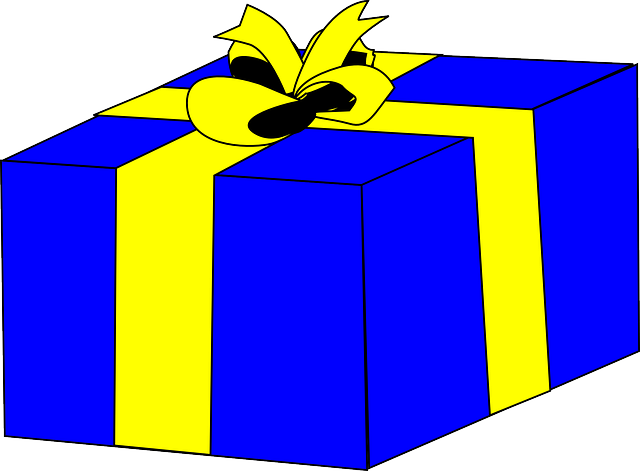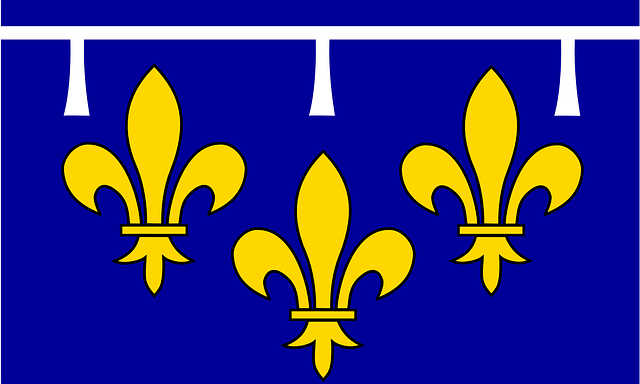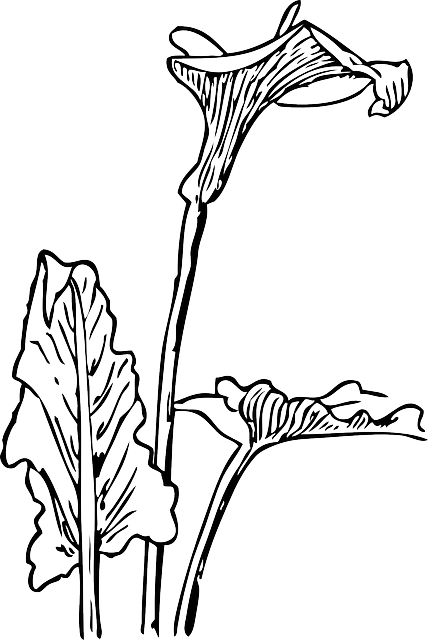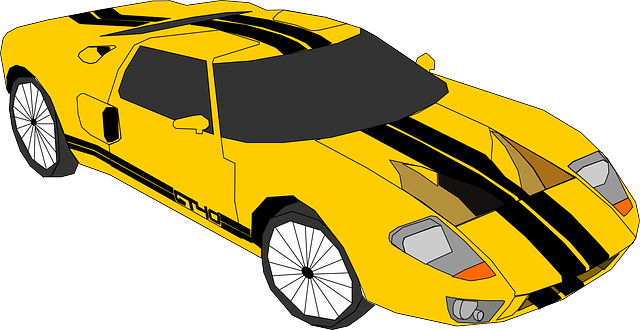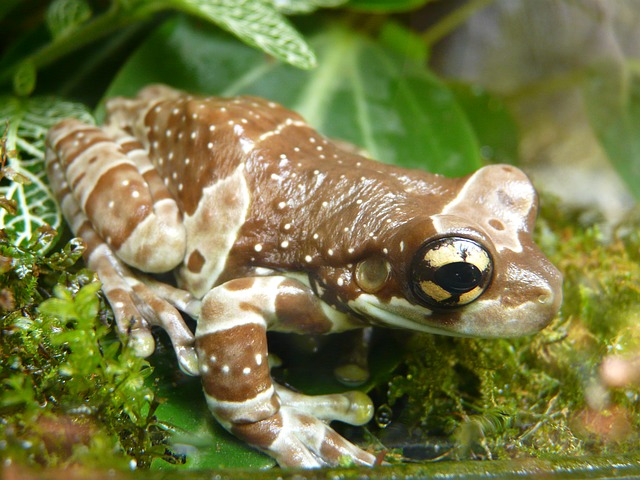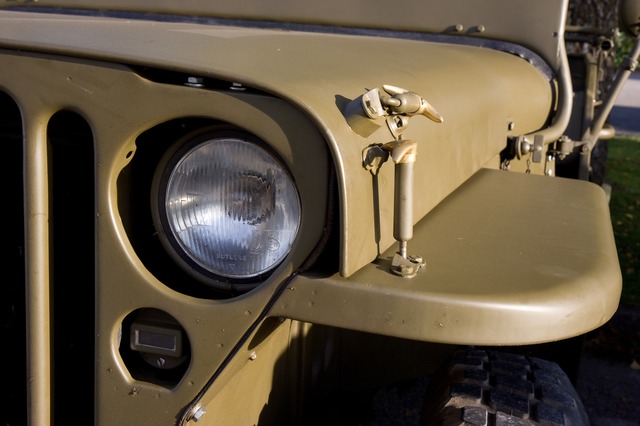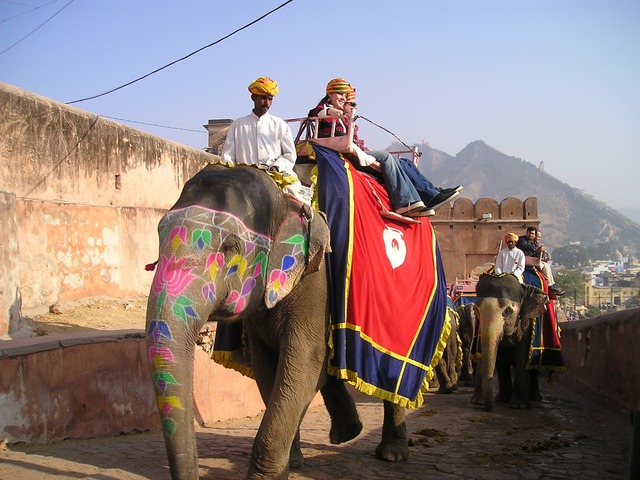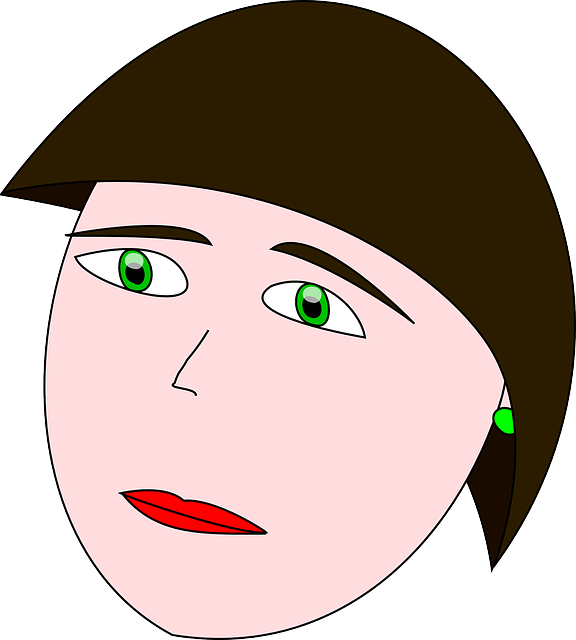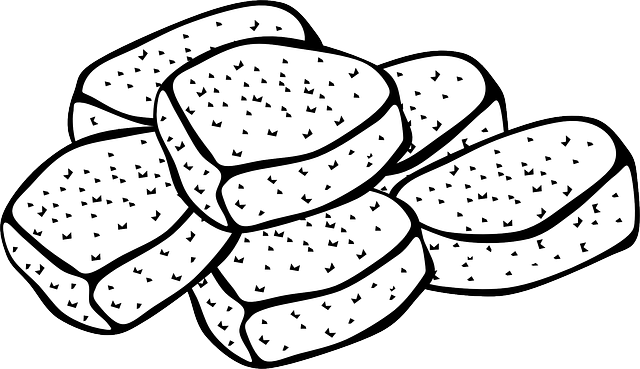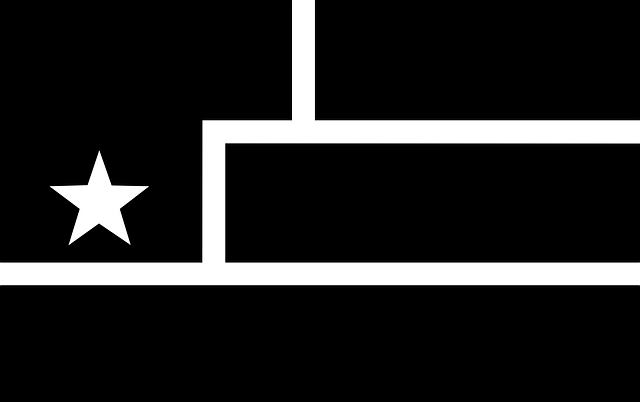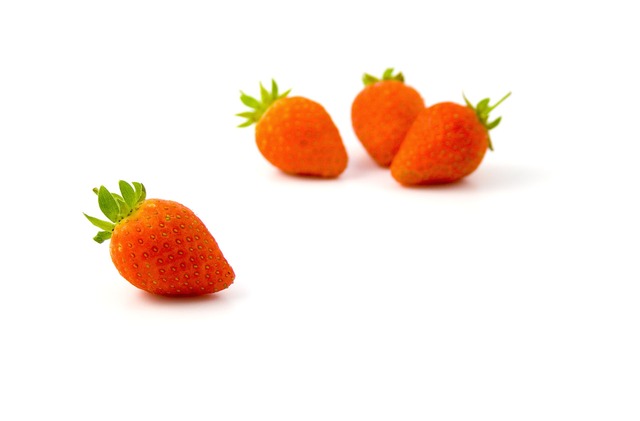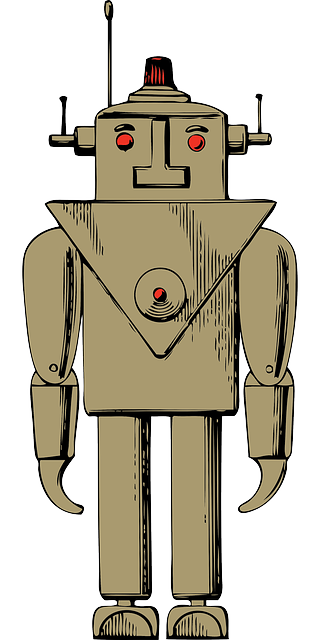مجس CCD
الأداة ذات الشحنة -المزدوجة ( سي سي ديي) هوجهاز لحركة الشحنات الكهربائية ، وعادة من داخل الجهاز إلى منطقة تكون فيها هذه الشحنة يمكن التحكم فيها ، على سبيل المثال تحويلها إلى القيمة الرقمية. يتحقق ذلك عن طريق "تحويل" الاشارات بين مراحل ضمن جهاز واحد في وقت واحد. من الناحية الفنية ، الأجهزة المزدوجة بواسطة الشحنات يتم تطبيقها على النحوshift register تلك الشحنة يمكنها الانتنطق بين وصلات capacative في الجهاز ، مع التحول للسماح بنقل الشحنات بين الوصلات.
غالبا ماقد يكون الجهاز متصل بجهاز استشعار ، مثل الجهاز الكهروضوئي لإنتاج هذه الشحنة التي يتم قراءتها ، وبالتالي جعل الأداة ذات الشحنة -المزدوجة والتكنولوجيا الكبرى حيث تحويل الصور إلى إشارة رقمية هومطلوب. على الرغم من حتى الأجهزة المتقارنة بواسطة الشحنات ليست تقنية فقط لكشف الضوء ، الأجهزة المتقارنة بواسطة الشحنات المستخدمة على نطاق واسع في الأوساط المهنية والطبية ، والتطبيقات الفهمية ذات الجودة العالية حيث توجد البيانات والصور.
التاريخ
التكنولوجيا المطلوبة لمنظومة المستشعر المزدوج الشحنة قد اخترعت في عام 1969 من قبل الفائزين بجائزة نوبل وويلارد بويل وجورج إى سميث في ايه تي اند تي الكائنة بمختبرات بيل. المعمل كان يعمل على صورة الهاتف وعن تطوير أشباه الموصلات وفقاعات الذاكرة.دمج هذين الإكتشافين ، بويل وسميث قد تصورا تصميم ما أسموه أداة الفقاعة المشحونة. جوهر التصميم هوالقدرة على نقل الشحنة على طول السطح من أشباه الموصلات. والمستشعر المزدوج الشحنة بدأت الحياة بوصفها ذاكرة الجهاز ، يمكن للمرء الآن "حقن" الشحنة في الجهاز في سجل للمدخلات. ومع ذلك ، فإنه قد إتضح على الفور ان المستشعر المزدوج الشحنة يمكن حتى تتلقى الشحنة عن طريق التأثير الكهروضوئي والصور الإلكترونية يمكن حتى تنشأ. بحلول عام 1969, باحثوا شركة بيل تمكنوا من التقاط الصور مع الأجهزة الخطية البسيطة ، إلى غير ذلك ولدت الأداة المزدوجة الشحنة. الكثير من الشركات ، بما في ذلك فيرتشايلد لأشباه الموصلات آر سي أى وتكساس إنسترومنتس, التقطت الاختراع ، وبدأت بتطوير برامج للتنمية. فيرتشايلد كانت أول من طور الأجهزة التجارية وبحلول عام 1974 كان الجهاز ذو500 عنصر خطي الجهاز ذوالبعدين100 × 100 بكسل. تحت قيادة كازوإيواما من سونى التى بدأت جهدا كبير في تنمية الأجهزة المتقارنة بواسطة الشحنات التي تنطوي على استثمارات كبيرة. في نهاية المطاف ، سوني تمكنت من إنتاج الأجهزة المتقارنة بواسطة الشحنات الكاملة لكاميرات الصوت والصورة. وقبل حتى يحدث هذا،توفي إيواما في آب / أغسطس 1982. بعد ذلك ، وضعت شريحة الأداة المزدوجة أوالمتقارنة الشحنة على شاهد قبره كإعتراف باسهامه..وفي يناير 2006 ،كان بويل وسميث تم منحها جائزة دريبر ستارك تشارلز في الأكاديمية الوطنية للهندسة. وفي عام 2009 تم منحها لأنها جائزة نوبل في الفيزياء , تقديرا لعملهم لتطوير الأجهزة المتقارنة الشحنات.
أسس العمل
In a CCD for capturing images, there is a photoactive region (an epitaxial layer of silicon), and a transmission region made out of a shift register (the CCD, properly speaking).
An image is projected through a lens onto the capacitor array (the photoactive region), causing each capacitor to accumulate an electric charge proportional to the light intensity at that location. A one-dimensional array, used in line-scan cameras, captures a single slice of the image, while a two-dimensional array, used in video and still cameras, captures a two-dimensional picture corresponding to the scene projected onto the focal plane of the sensor. Once the array has been exposed to the image, a control circuit causes each capacitor to transfer its contents to its neighbor (operating as a shift register). The last capacitor in the array dumps its charge into a charge amplifier, which converts the charge into a voltage. By repeating this process, the controlling circuit converts the entire contents of the array in the semiconductor to a sequence of voltages, which it samples, digitizes, and stores in memory.
Detailed physics of operation
The photoactive region of the CCD is, generally, an epitaxial layer of silicon. It has a doping of p+ (Boron) and is grown upon a substrate material, often p++. In buried channel devices, the type of design utilized in most modern CCDs, certain areas of the surface of the silicon are ion implanted with phosphorus, giving them an n-doped designation. This region defines the channel in which the photogenerated charge packets will travel. The gate oxide, i.e. the capacitor dielectric, is grown on top of the epitaxial layer and substrate. Later on in the process polysilicon gates are deposited by chemical vapor deposition, patterned with photolithography, and etched in such a way that the separately phased gates lie perpendicular to the channels. The channels are further defined by utilization of the LOCOS process to produce the channel stop region. Channel stops are thermally grown oxides that serve to isolate the charge packets in one column from those in another. These channel stops are produced before the polysilicon gates are, as the LOCOS process utilizes a high temperature step that would destroy the gate material. The channels stops are parallel to, and exclusive of, the channel, or "charge carrying", regions. Channel stops often have a p+ doped region underlying them, providing a further barrier to the electrons in the charge packets (this discussion of the physics of CCD devices assumes an electron transfer device, though hole transfer, is possible).
One should note that the clocking of the gates, alternately high and low, will forward and reverse bias to the diode that is provided by the buried channel (n-doped) and the epitaxial layer (p-doped). This will cause the CCD to deplete, near the p-n junction and will collect and move the charge packets beneath the gates – and within the channels – of the device.
It should be noted that CCD manufacturing and operation can be optimized for different uses. The above process describes a frame transfer CCD. While CCDs may be manufactured on a heavily doped p++ wafer it is also possible to manufacture a device inside p-wells that have been placed on an n-wafer. This second method, reportedly, reduces smear, dark current, and infrared and red response. This method of manufacture is used in the construction of interline transfer devices.
Another version of CCD is called a peristaltic CCD. In a peristaltic charge-coupled device, the charge packet transfer operation is analogous to the peristaltic contraction and dilation of the digestive system. The peristaltic CCD has an additional implant that keeps the charge away from the silicon/silicon dioxide interface and generates a large lateral electric field from one gate to the next. This provides an additional driving force to aid in transfer of the charge packets.
Architecture
The CCD image sensors can be implemented in several different architectures. The most common are full-frame, frame-transfer, and interline. The distinguishing characteristic of each of these architectures is their approach to the problem of shuttering.
In a full-frame device, all of the image area is active, and there is no electronic shutter. A mechanical shutter must be added to this type of sensor or the image smears as the device is clocked or read out.
With a frame-transfer CCD, half of the silicon area is covered by an opaque mask (typically aluminium). The image can be quickly transferred from the image area to the opaque area or storage region with acceptable smear of a few percent. That image can then be read out slowly from the storage region while a new image is integrating or exposing in the active area. Frame-transfer devices typically do not require a mechanical shutter and were a common architecture for early solid-state broadcast cameras. The downside to the frame-transfer architecture is that it requires twice the silicon real estate of an equivalent full-frame device; hence, it costs roughly twice as much.
The interline architecture extends this concept one step further and masks every other column of the image sensor for storage. In this device, only one pixel shift has to occur to transfer from image area to storage area; thus, shutter times can be less than a microsecond and smear is essentially eliminated. The advantage is not free, however, as the imaging area is now covered by opaque strips dropping the fill factor to approximately 50 percent and the effective quantum efficiency by an equivalent amount. Modern designs have addressed this deleterious characteristic by adding microlenses on the surface of the device to direct light away from the opaque regions and on the active area. Microlenses can bring the fill factor back up to 90 percent or more depending on pixel size and the overall system's optical design.
The choice of architecture comes down to one of utility. If the application cannot tolerate an expensive, failure-prone, power-intensive mechanical shutter, an interline device is the right choice. Consumer snap-shot cameras have used interline devices. On the other hand, for those applications that require the best possible light collection and issues of money, power and time are less important, the full-frame device is the right choice. Astronomers tend to prefer full-frame devices. The frame-transfer falls in between and was a common choice before the fill-factor issue of interline devices was addressed. Today, frame-transfer is usually chosen made when an interline architecture is not available, such as in a back-illuminated device.
CCDs containing grids of pixels are used in digital cameras, optical scanners, and video cameras as light-sensing devices. They commonly respond to 70 percent of the incident light (meaning a quantum efficiency of about 70 percent) making them far more efficient than photographic film, which captures only about 2 percent of the incident light.
Most common types of CCDs are sensitive to near-infrared light, which allows infrared photography, night-vision devices, and zero lux (or near zero lux) video-recording/photography. For normal silicon-based detectors, the sensitivity is limited to 1.1μm. One other consequence of their sensitivity to infrared is that infrared from remote controls often appears on CCD-based digital cameras or camcorders if they do not have infrared blockers.
Cooling reduces the array's dark current, improving the sensitivity of the CCD to low light intensities, even for ultraviolet and visible wavelengths. Professional observatories often cool their detectors with liquid nitrogen to reduce the dark current, and therefore the thermal noise, to negligible levels.
Usage in astronomy
Due to the high quantum efficiencies of CCDs, linearity of their outputs (one count for one photon of light), ease of use compared to photographic plates, and a variety of other reasons, CCDs were very rapidly adopted by astronomers for nearly all UV-to-infrared applications. Thermal noise and cosmic rays may alter the pixels in the CCD array. To counter such effects, astronomers take several exposures with the CCD shutter closed and opened. The average of images taken with the shutter closed is necessary to lower the random noise. Once developed, the average image is then subtracted from the open-shutter image to remove the dark current and other systematic defects (dead pixels, hot pixels, etc.) in the CCD. The Hubble Space Telescope, in particular, has a highly developed series of steps (“data reduction pipeline”) to convert the raw CCD data to useful images. See the references for a more in-depth description of the steps in astronomical CCD image-data correction and processing.
CCD cameras used in astrophotography often require sturdy mounts to cope with vibrations from wind and other sources, along with the tremendous weight of most imaging platforms. To take long exposures of galaxies and nebulae, many astronomers use a technique known as auto-guiding. Most autoguiders use a second CCD chip to monitor deviations during imaging. This chip can rapidly detect errors in tracking and command the mount motors to correct for them.
An interesting unusual astronomical application of CCDs, called drift-scanning, uses a CCD to make a fixed telescope behave like a tracking telescope and follow the motion of the sky. The charges in the CCD are transferred and read in a direction parallel to the motion of the sky, and at the same speed. In this way, the telescope can image a larger region of the sky than its normal field of view. The Sloan Digital Sky Survey is the most famous example of this, using the technique to produce the largest uniform survey of the sky yet accomplished.
In addition to astronomy, CCDs are also used in laboratory analytical instrumentation such as monochromators, spectrometers, and N-slit interferometers.
Color cameras
Digital color cameras generally use a Bayer mask over the CCD. Each square of four pixels has one filtered red, one blue, and two green (the human eye is more sensitive to green than either red or blue). The result of this is that luminance information is collected at every pixel, but the color resolution is lower than the luminance resolution.
Better color separation can be reached by three-CCD devices (3CCD) and a dichroic beam splitter prism, that splits the image into red, green and blue components. Each of the three CCDs is arranged to respond to a particular color. Some semi-professional digital video camcorders (and most professional camcorders) use this technique. Another advantage of 3CCD over a Bayer mask device is higher quantum efficiency (and therefore higher light sensitivity for a given aperture size). This is because in a 3CCD device most of the light entering the aperture is captured by a sensor, while a Bayer mask absorbs a high proportion (about 2/3) of the light falling on each CCD pixel.
Sensor sizes
Sensors (CCD / CMOS) are often referred to with an imperial fraction designation such as 1/1.8" or 2/3", this measurement actually originates back in the 1950s and the time of Vidicon tubes. Compact digital cameras and Digicams typically have much smaller sensors than a Digital SLR and are thus less sensitive to light and inherently more prone to noise. Some examples of the CCDs found in modern cameras can be found in this table in a Digital Photography Review article
|
|
|
mm |
mm |
mm |
mm2 |
|
|---|---|---|---|---|---|---|
| 1/6" | 4:3 | 2.300 | 1.730 | 2.878 | 3.979 | 1.000 |
| 1/4" | 4:3 | 3.200 | 2.400 | 4.000 | 7.680 | 1.930 |
| 1/3.6" | 4:3 | 4.000 | 3.000 | 5.000 | 12.000 | 3.016 |
| 1/3.2" | 4:3 | 4.536 | 3.416 | 5.678 | 15.495 | 3.894 |
| 1/3" | 4:3 | 4.800 | 3.600 | 6.000 | 17.280 | 4.343 |
| 1/2.7" | 4:3 | 5.270 | 3.960 | 6.592 | 20.869 | 5.245 |
| 1/2" | 4:3 | 6.400 | 4.800 | 8.000 | 30.720 | 7.721 |
| 1/1.8" | 4:3 | 7.176 | 5.319 | 8.932 | 38.169 | 9.593 |
| 2/3" | 4:3 | 8.800 | 6.600 | 11.000 | 58.080 | 14.597 |
| 1" | 4:3 | 12.800 | 9.600 | 16.000 | 122.880 | 30.882 |
| 4/3" | 4:3 | 18.000 | 13.500 | 22.500 | 243.000 | 61.070 |
| Other image sizes as a comparison | ||||||
| APS-C | 3:2 | 25.100 | 16.700 | 30.148 | 419.170 | 105.346 |
| 35mm | 3:2 | 36.000 | 24.000 | 43.267 | 864.000 | 217.140 |
| 645 | 4:3 | 56.000 | 41.500 | 69.701 | 2324.000 | 584.066 |
انظر أيضاً
- Image sensor
- Photodiode
- CMOS sensor
- Bayer filter
- Electron multiplying CCD
- 3CCD
- Frame transfer CCD
- Rotating line camera
- Intensified charge-coupled device
- Superconducting camera
- Super CCD
- Wide dynamic range
- Foveon X3 sensor
- Hole Accumulation Diode (HAD)
- Camcorder
الهامش
- ^ Johnstone, B. (1999), We Were Burning: Japanese Entrepreneurs and the Forging of the Electronic Age, New York: Basic Books, ISBN 0465091172
- ^ Charles Stark Draper Award, http://www.nae.edu/NAE/awardscom.nsf/weblinks/CGOZ-6K9L6P?OpenDocument
- ^ Nobel Prize website, http://nobelprize.org/nobel_prizes/physics/laureates/2009/
-
^
Hainaut, Oliver R. (December 2006). "Basic CCD image processing". Unknown parameter
|accesdate=ignored (|access-date=suggested) (help)
Hainaut, Oliver R. (June 1, 2005). "Signal, Noise and Detection". Unknown parameter|accesdate=ignored (|access-date=suggested) (help)
Hainaut, Oliver R. (May 20, 2009). "Retouching of astronomical data for the production of outreach images". Unknown parameter|accesdate=ignored (|access-date=suggested) (help)
(Hainaut is an astronomer at the European Southern Observatory)
وصلات خارجية
| مشاع الفهم فيه ميديا متعلقة بموضوع [[commons: Category:CCD
| CCD ]]. |
- More information on Digital camera technology? Overviews of digital camera technology, spectrographs and Confocal Imaging.
- Applications of CCD Imaging Use of CCD imaging technology for diverse range of applications from aerial reconnaissance to medical imaging.
- CCD Imaging ApplicationsView various CCD imaging applications and selection of products for these uses.
- Tutorials on CCDs Tutorials include CCD Types, Time Resolved Experiments, Optimizing Signal to Noise Ratio, among others.
- Journal Article On Basics of CCDs
- Eastman Kodak Primer on CCDs
- Nikon microscopy introduction to CCDs
- Concepts in Digital Imaging Technology
- CCDs for Material Scientists
- CCD vs. CMOS technical comparison
- Micrograph of the photosensor array of a webcam.


